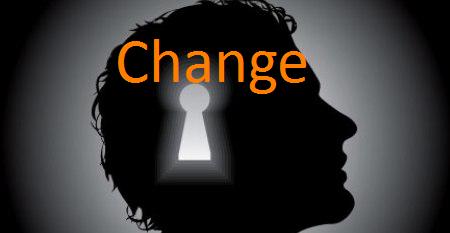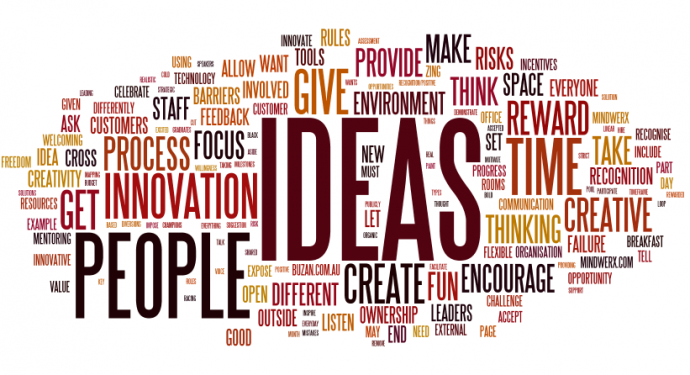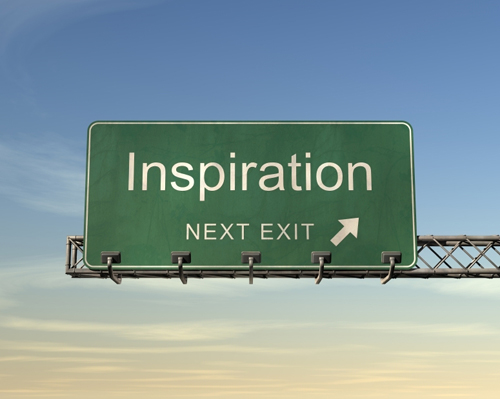
You have a story about “conflict”, oh yes, you do. If you give me your definition of the word and some examples, your narrative about conflict emerges.
Your story may include statements like “She always battles my ideas!” or “He has to have things his way or no way!” or “Our boss isn’t forward thinking -resting on past successes.” or hundreds of other reasons conflict arises in your life.
Your examples are unique. Yet, they share something with most people on the planet. Whatever examples you give, one of the chief causes of pain (call it anxiety, discomfort, anger, or other tough emotions to sit with) is caused by conflict as you currently define it.
And critical to note, your idea of conflict while conscious, is informed by your early experiences of conflict – emotional and physical experiences that have gone underground and may not be available to your consciousness.
For example, if as a toddler conflict (perhaps between parents or siblings) felt life threatening, you might have constricted your breathing, or tensed your small rib cage in panic. Perhaps you hid behind a large chair or under the bed until calm reigned again.
Today, when you encounter conflict, you “know” you life isn’t in danger, but your body resorts to the old pattern and you may want to run away or hide still.
Or perhaps you came out screaming at the adults in conflict, red faced, tear stained and furious.
That “puffing up” way of dealing is still there, only to be taken out when triggered.
Conflict still causes you pain – only more so because you worry about your reaction to it on top of worrying about the conflict itself. Make sense?
And what do we humans generally do with pain? Avoid it – at all costs. Avoidance comes in many flavors yet the result is that you never grow past an outworn way of dealing with conflict.
For leaders the cost of avoidance is higher than for most.
Awesome leaders, unlike the run of the mill type, don’t avoid conflict. They tune in to it because they have a definition that extends beyond “pain”. They hold conflict as generative!
So, (take a deep breath here) what does that mean? And how does it work? And why should you care?
I’ll start with the last question first and work backwards.
Whether you lead a team, a non-profit, an entire corporation or a head a small business, you can be powerful and clear when the inevitable conflict arises and use it to move forward. That’s right, use conflict to move ahead with your vision. Conflict can be the impetus for great things – finely honed ideas, better strategic, streamlined functionality, more inclusion, improved processes, better ways to serve your clients….
In the wind tunnel of your own mind, your ideas seem sound…and the fact that they are the only ones in there, supports that notion. Only when marched out into the light of other eyes and ears, can you evaluate your ideas – and either modify, if that’s what’s called for, or stand tall behind them in the face of criticism or abandon them altogether and start over.
And when “The Idea” is being presented by some member of your organization, listening to the responses of others can often make a “good” idea – great! The key is to get those others past reactivity – often the first impulse – to responsiveness.
Here’s how that works: You Must Model. Yes, you have to model a way of being with conflict that expands on your current definition! Model it again and again and people will notice. At first, in awe, then in curiosity and finally seeing the value. And you can incorporate this as a plank in the culture of your organization.
If you can find the value in conflict – what it offers – and stay out of your history with it – you can appreciate it and finally, welcome it. That process begins with unhooking the personal from the idea. They are not the same!
You, me and everyone we know are much more than the ideas we offer up. Holding conflict as generative means being able to separate the person from what they are saying, in the moment they are saying it. It sounds simple but it isn’t easy. It requires a shift – emotionally (staying out of the angry red zone) , intellectually (asking yurself ? what is the value of the what is being stated) and physically (how can you relax your nervous system and stay open). More to come on the specifics of this in the next blog.
Leaders make decisions. One way or another.
Great leaders have developed the capacity to handle opposing views, weigh the merits respectfully and then mobilize their forces behind a direction without excluding anyone. When a leader can do all this graciously, you can be sure she has learned to hold conflict as generative rather than as a problem. She has the ability to stay tuned in and grounded, open and curious and decisive. Isn’t that the kind of leader you want to be?
If so, return to your definition of conflict and expand upon it. Here’s how. Extract your painful history with conflict from this moment. Look at only what is on the operating table now. Ask yourself:
[dropshadowbox align=”center” effect=”lifted-both” width=”450px” height=”” background_color=”#ffffff” border_width=”1″ border_color=”#B3AC52″ ]
- What do I need to stay open and curious?
- What can I gain from hearing all points of view?
- How can I appreciate different perspectives?
- Once I’ve determined the path, how can I mobilize everyone to action?[/dropshadowbox]
Armed with these questions, your relationship to conflict can soften, open and expand. And while you may have relapses, holding the intention (somatically, emotionally and cognitively) to see conflict as generative will ultimately make you a stronger, wiser person and leader.
 Neuroscience has been probing the mysteries of your brain. For a long time. And the neuroscientists have discovered the steps to rewiring it so you can live bigger, better!
Neuroscience has been probing the mysteries of your brain. For a long time. And the neuroscientists have discovered the steps to rewiring it so you can live bigger, better! “That can’t possibly work! The roll out time will coincide with our busiest season. And the engineers are scrambling as it is. Siphoning off talent to work on this will handicap us.” Jeff bellowed, riled up by Amy’s presentation of a new product design.
“That can’t possibly work! The roll out time will coincide with our busiest season. And the engineers are scrambling as it is. Siphoning off talent to work on this will handicap us.” Jeff bellowed, riled up by Amy’s presentation of a new product design. “Flight 918, now boarding” blared the speakers. Tired after my day at a major university’s school of management, I prepared to return home, brimming with satisfaction.
“Flight 918, now boarding” blared the speakers. Tired after my day at a major university’s school of management, I prepared to return home, brimming with satisfaction.


 Steven is an amazing videographer who takes risks to capture the feeling of the products he helps market. He is building a thriving business. Eight months ago though, Steven called to tell me about burnout and his “bleak” prognosis as an entrepreneur.
Steven is an amazing videographer who takes risks to capture the feeling of the products he helps market. He is building a thriving business. Eight months ago though, Steven called to tell me about burnout and his “bleak” prognosis as an entrepreneur.
